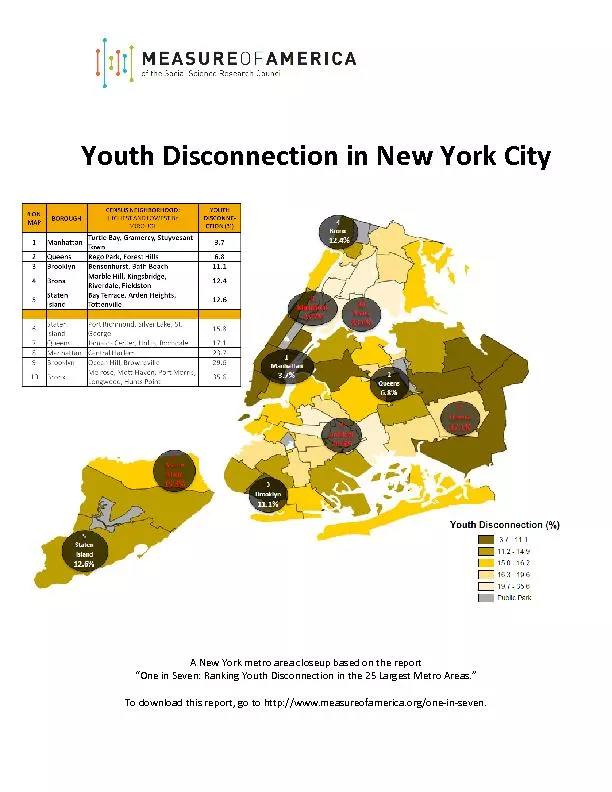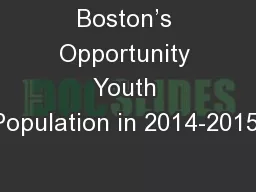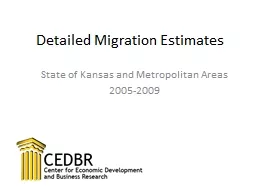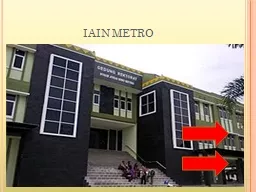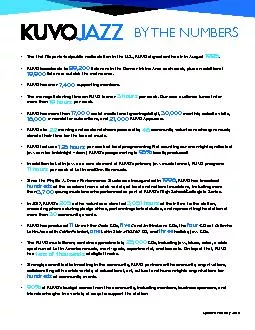PDF-Youth Disconnection in New York CityA New York metro area closeup base
Author : tatyana-admore | Published Date : 2016-11-23
2 Youth Disconnection In New York CityFor manyyoung New Yorkersthe years that stretch from the midteens to the midtwenties are exciting and alive with possibilities
Presentation Embed Code
Download Presentation
Download Presentation The PPT/PDF document "Youth Disconnection in New York CityA Ne..." is the property of its rightful owner. Permission is granted to download and print the materials on this website for personal, non-commercial use only, and to display it on your personal computer provided you do not modify the materials and that you retain all copyright notices contained in the materials. By downloading content from our website, you accept the terms of this agreement.
Youth Disconnection in New York CityA New York metro area closeup base: Transcript
Download Rules Of Document
"Youth Disconnection in New York CityA New York metro area closeup base"The content belongs to its owner. You may download and print it for personal use, without modification, and keep all copyright notices. By downloading, you agree to these terms.
Related Documents

